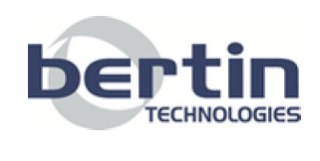Challenge
As made famous by the Hubble Space Telescope’s spherical aberration problem and subsequent repair in 1993, optical ground support equipment (OGSE) is vital to the success of any space-bound optical equipment. Whether it is taking detailed images of the cosmos or enabling a high data rate for optical free-space communications, ensuring that equipment will function as designed prior to launch is critical. Bertin Technologies was tasked with measuring the optical performance of an optical instrument in space. It was required to operate in the midwave infrared and longwave infrared range with extreme spectral purity and stability.
Solution
One major problem was the natural wavelength cascading emission typical of carbon monoxide lasers for producing light in the mid-infrared domain. Additionally, providing the high level of frequency stability necessary for use in the OGSE system necessitated rigid laser cavities with low thermal drift. Access Laser’s contribution would be to provide ultra-stable light sources at the specified wavelengths necessary for testing and measuring the system that would be launched into space. AL50-GS-CO and Merit-LST lasers met these demanding requirements and provided the performance the team of scientists at Bertin needed.
Result
After qualifying the lasers for the performance standards of Bertin Technologies, with a visit by their Optical Engineering Project Manager, the OGSE system has been operating as expected. This success allows Bertin to successfully test, qualify and validate instruments including very high-resolution telescopes. This is a strategic imperative for manufacturers, enabling the validation of optimum performance for instruments integrated into satellites. By supplying companies like these with the tools required to validate complex systems on the cutting edge of technology, Access Laser continues to offer state-of-the-art innovative solutions.


